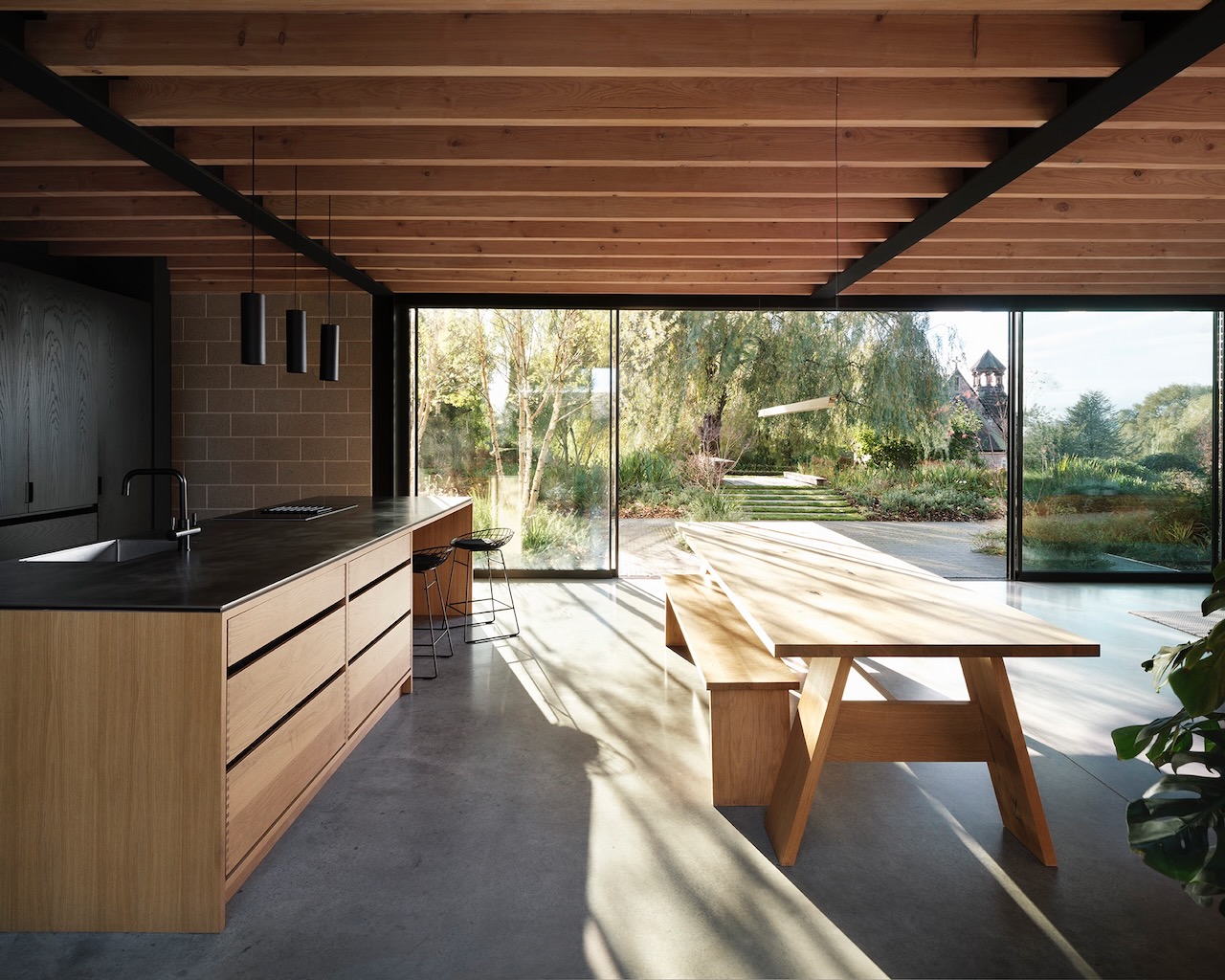Behind every captivating photograph lies a carefully selected backdrop that enhances the subject's beauty and narrative. Whether you're a professional photographer or an amateur enthusiast, choosing the right photo shoot location is a crucial decision. It can significantly impact the visual storytelling of your images.
In this guide, we'll delve into seven valuable tips to help you find the perfect photoshoot locations that complement your creative vision and make your photographs truly shine.

1. Align With the Concept and Theme
Before embarking on the search for a photoshoot location, it's vital to define the concept and theme of your shoot. Is it a romantic engagement session, an urban fashion shoot, or a serene nature portrait?
Some photoshoot themes to consider are:
- Let there be plants
- Diversity and unity
- Bold colour
- Vintage throwback
- Outer space
- Barbie pink
The location should resonate with your concept, adding depth and authenticity to the narrative. For instance, a rustic barn might be ideal for a vintage-themed shoot, while a modern cityscape would suit contemporary fashion photography.
Photoshoot Concept
The photoshoot concept is an overarching idea or vision that drives the entire photoshoot. It's the central theme around which all creative decisions are made.
The concept acts as a roadmap, guiding photographers, models, stylists, and other collaborators in creating a cohesive series of images. It can be broad or specific, abstract or literal, and it serves as the backbone of the photoshoot.
Photoshoot Theme
The theme is a narrower, more focused aspect of the concept that provides a distinct visual and emotional tone to the photographs. Themes can be based on various elements. Some of them are a colour scheme, a particular setting, an era, a mood, or a narrative.
Themes add depth and layers to the concept. This allows photographers to explore different angles and facets of the overall idea.
2. Consider Lighting Conditions
Lighting is the cornerstone of photography, influencing mood, texture, and overall image quality. Observe lighting conditions at potential outdoor photoshoot locationsduring different times of the day and use them to your advantage. Some examples are laid out below.
Golden Hour
The hour after sunrise and before sunset offers soft, warm, and diffused light that's ideal for portraits, landscapes, and outdoor scenes. The angle of the sun creates long shadows and a flattering glow.
Blue Hour
The period just before sunrise and after sunset provides a cool, blue-toned light. This time is excellent for capturing cityscapes and creating a serene, dreamy atmosphere.
Overcast Sky
Cloudy or overcast days offer even, diffused lighting without harsh shadows. This soft lighting is great for portraits, macro photography, and capturing delicate details.
Use Shadows Creatively
Embrace the strong contrast by incorporating shadows as a compositional element. Experiment with dramatic silhouettes and textures.
Diffusion
Use diffusers or natural objects like trees to soften and control the harsh sunlight. This creates more flattering portraits.
3. Research Online and Offline
Harness the power of the internet to discover potential photoshoot locations. Social media platforms, photography forums, and location-scouting apps can provide insights and visuals of potential spots.
Social Media
Platforms like Instagram, Pinterest, and Facebook allow you to search for location-based hashtags. You can also follow local photographers to discover hidden gems.
Google Maps and Street View
Utilise Google Maps to scout locations virtually. Street View can provide a sense of the area's layout and potential shooting angles.
Photography Websites and Forums
Photography websites and forums often have sections dedicated to sharing and discussing photoshoot locations. Explore sites like 500px, Flickr, and photography-focused subreddits.
Location Scouting Apps
There are apps designed to help photographers find new locations, complete with photos, reviews, and directions. Examples include Viewfinder, ShotHotspot, and Explorest.
Google Image Search
Use Google Image Search to look up specific keywords related to the type of location you're looking for. This can provide visual inspiration and lead you to websites or articles featuring those locations.
Blogs and Photography Guides
Read photography blogs and guides that share insights about shooting locations, including tips on the best times to visit and how to make the most of the setting.
Complementary Methods
Remember that both offline and online methods can complement each other. After discovering potential locations online, consider visiting them in person to assess factors like lighting, accessibility, and overall ambience.
Keep an open mind and be willing to experiment with different locations to continually refresh your creative vision and expand your photography portfolio.
Local Exploration
Take a stroll or drive around your local area with a photographer's eye. Pay attention to unique architectural features, natural landscapes, and urban scenes that could serve as interesting backdrops.
Community Recommendations
Engage with your community by asking friends, family, or fellow photographers for suggestions on indoor photoshoot locations. They might know of hidden gems or lesser-known spots that are perfect for photoshoots.
Local Events and Festivals
Attend local events, markets, fairs, and festivals. These gatherings often provide vibrant and dynamic backgrounds that can add character to your images.
4. Visit Locations in Advance
To avoid unpleasant surprises on the day of the photoshoot, make it a point to visit potential locations in advance. This allows you to assess factors such as accessibility, available shooting angles, and the state of the surroundings.
You'll gain a better understanding of how the location aligns with your vision and whether any adjustments need to be made.
5. Balance Aesthetics and Practicality
While a breathtaking view or intricate architecture can be enticing, remember to balance aesthetics with practical considerations.
Choosing a location that offers both visual appeal and practicality ensures a smoother and more enjoyable photoshoot experience.
Accessibility
Ensure that the location is easily accessible for both you and your team. Consider factors like parking availability, proximity to roads, and ease of reaching the site with your equipment.
Crowds and Congestion
Be mindful of the potential presence of crowds or congestion at the location. If the spot is often busy, it might impact your ability to shoot freely. Consider whether the location can accommodate your shoot's needs.
Restroom Facilities
If you're shooting at a location for an extended period, having access to restroom facilities is essential. Without this, the comfort of your team and models will get compromised.
Safety and Security
Prioritise the safety of your team and equipment. Avoid locations with safety hazards and ensure that the area is secure enough to prevent theft or damage to your gear.
6. Permits and Permissions
Before setting up your gear, ensure you have the necessary permits and permissions to shoot at your chosen location. Public spaces like parks might have specific rules and regulations for commercial photography.
Private properties require the owner's consent. If you spot an appealing location on private property, inquire about obtaining permission to shoot there. Establishing a rapport with property owners can open up unique opportunities.
Research the legal requirements and obtain any necessary authorizations well in advance to avoid any last-minute hiccups.
7. Creatively Reimagine Familiar Spots
Often, stunning photoshoot locations can be found in unexpected places or even familiar surroundings. Look at your surroundings with a fresh perspective.
A seemingly ordinary alleyway can transform into an edgy urban backdrop, and a local coffee shop might offer cosy, intimate settings.
Don't underestimate the potential of your everyday environment. You might uncover the perfect photoshoot location right under your nose.
Use Unconventional Angles
Look for angles that people don't typically see. Shoot upwards from a low angle or downwards from a high point. Unconventional angles can reveal intriguing patterns, textures, and details.
Alter Lighting Conditions
Return to a familiar spot during different times of the day to capture varied lighting conditions. How light interacts with the environment can drastically change the mood and ambience of your photographs.
Utilise Natural Elements
Incorporate natural elements like trees, flowers, water, or foliage into your shots. Use them as frames or foreground elements to add depth and context to your images.
Play with Reflections
Utilise reflective surfaces like water, glass, or shiny objects. This can help create captivating reflections that add an element of intrigue and visual complexity.
Incorporate Props
Bring along props that complement the location and enhance the visual narrative. These could include simple items like umbrellas, balloons, or accessories that add a touch of whimsy or drama.
Alter the Mood
Experiment with editing techniques to alter the mood and atmosphere of the photographs. Changing colour tones, contrast, and saturation can give a fresh twist to familiar scenes.
Consider the Various Aspects of Photoshoot Locations To Pick the Best One
It's not easy to pick the best photoshoot locations out of so many that get presented to you. But with practice and lots of forethought, you will get to an aesthetic photoshoot.
If you need help with photo shoot ideas, location research, or hiring help, then we are your folks. Locations Direct is a leading London-based location agency. Contact us if you have any questions about our services.

